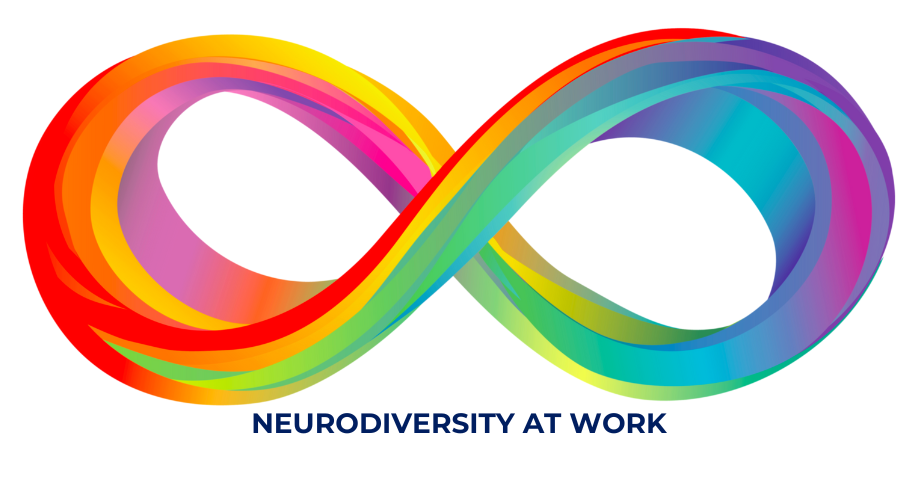Spoiler alert: we’ve always been around.
However, many of us were missed by clinicians using antiquated diagnostic criteria or didn’t even make it to that stage due to inadequate access to assessments. While the pandemic has been a challenging time for everyone, more people, particularly women, girls, and non-binary folx, are learning about their neurodivergence, as a result of the widespread sharing of relatable personal experiences on social media. This was the case for me.
My Story
In 2019, I started a new job just before the pandemic. After only the first few months, I noticed that:
- I could no longer finish any of my daily tasks, even after working overtime.
- I was more forgetful and lost track of time often, no matter how many alarms and calendar reminders I had.
- I became more irritable and my anxiety sky-rocketed making it difficult to work effectively with my teammates.
- I was so exhausted, despite not even crossing much off the ever-growing to-do list, that I desperately needed to lay down as soon as I got home, even if I was hungry for dinner or had tasks to do.
When I got an assessment, I didn’t expect ADHD to be the outcome. I thought it was a flare-up of anxiety and depression caused by workplace stress, symptoms I’ve experienced most of my young and adult life. My therapist told me that had I gone in for this assessment even a week prior, I probably wouldn’t have gotten the ADHD diagnosis based on the criterion she was working with. But she recently attended a training that redefined what ADHD looks like, particularly for women and racialized people. We may be familiar with some of the classic ADHD traits, such as forgetfulness, disorganization, and excitability, however, these same qualities in a woman or racialized person are often misperceived as incompetence or even instability, so most of us learn early on to hide these parts of ourselves or overcompensate for them.
Making Sense of My Challenges
After a deeper dive with my therapist and working with an ADHD coach, I learned that like many neurodivergent individuals, my nervous system is very sensitive to external stimuli. I now recognize that it was my office environment that put extra pressure on my nervous system. I was in a shared open space where my desk touched the doorway of my manager’s office – a place where others would frequently stop by to ask “quick” questions or just chat.
Constantly seeing others appear in my periphery, overhearing bits and pieces of conversation, and feeling the vibrations of the door as I try to work was too much sensory information for my nervous system and brain to process. This was pre-pandemic before the rise of instant messaging on MS Teams – an easy and accessible accommodation adopted widely during the WFH phase.
What’s Next?
Most accommodations for neurodiversity at work are quite easy to implement and are low or no-cost. They also usually end up benefiting everyone on the team, not just the neurodivergent people. Part III of this series will detail 10 simple yet effective ways to be more accommodating of neurodivergence in the workplace.
In the meantime, what adaptations from working remotely did you keep after returning to the office? How have they impacted your team’s productivity and teamwork?
Don’t miss any of our blogs, events, or training updates. Sign up for our monthly newsletter below!
Anica Dang (they/she) writes for MT Consulting Group, with a focus on neurodiversity in the workplace. As a writer, they use self-reflection to explore and make meaning of personal and anecdotal stories by connecting them to wider cultural, political, and social contexts. In recent years, they’ve mostly done this to explore their neurodivergent identity as an Autistic ADHDer. They are passionate about the intersections and simultaneity of marginalized and privileged identities which inspires them to connect with people as both a coach and an educator.

